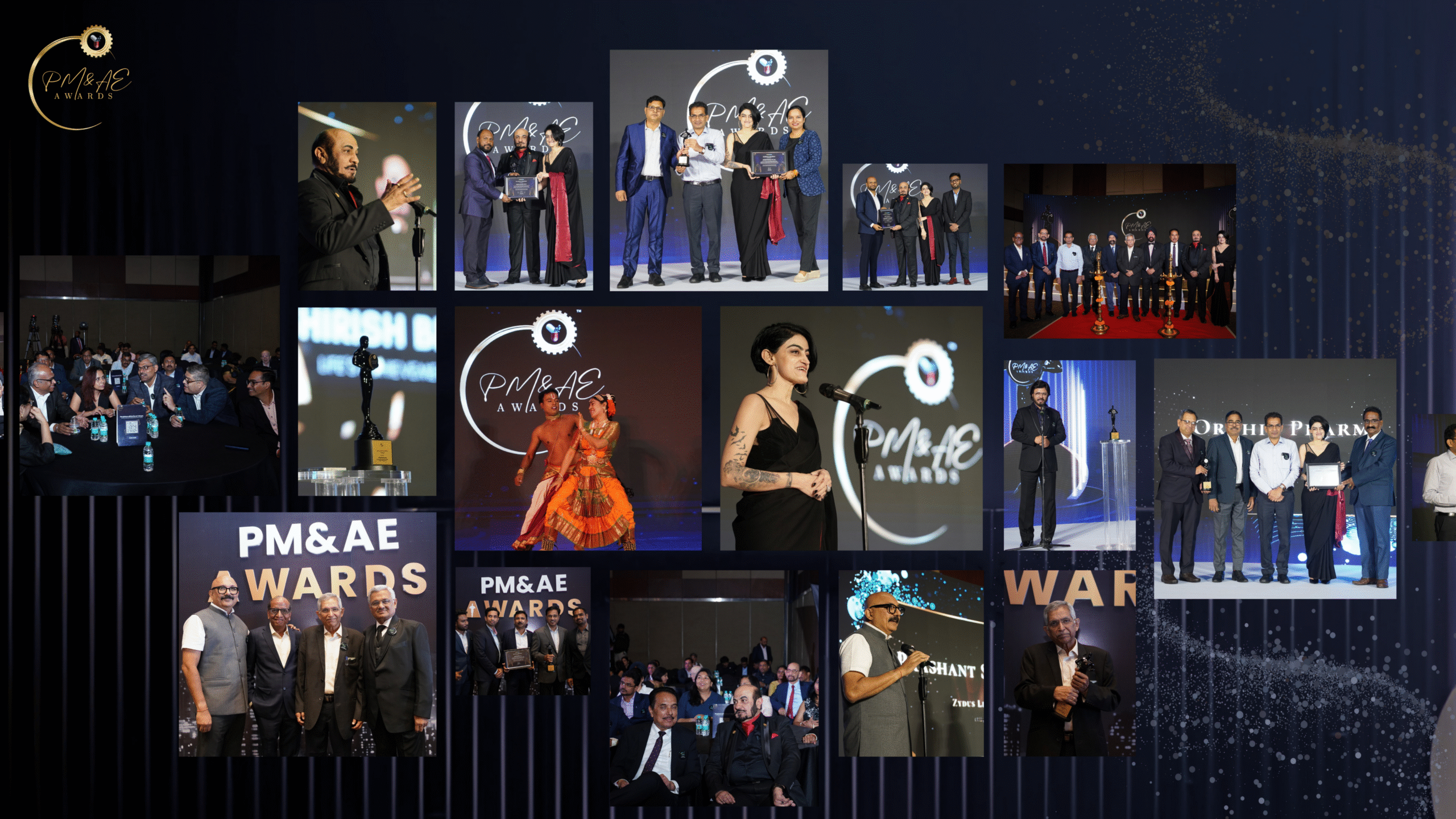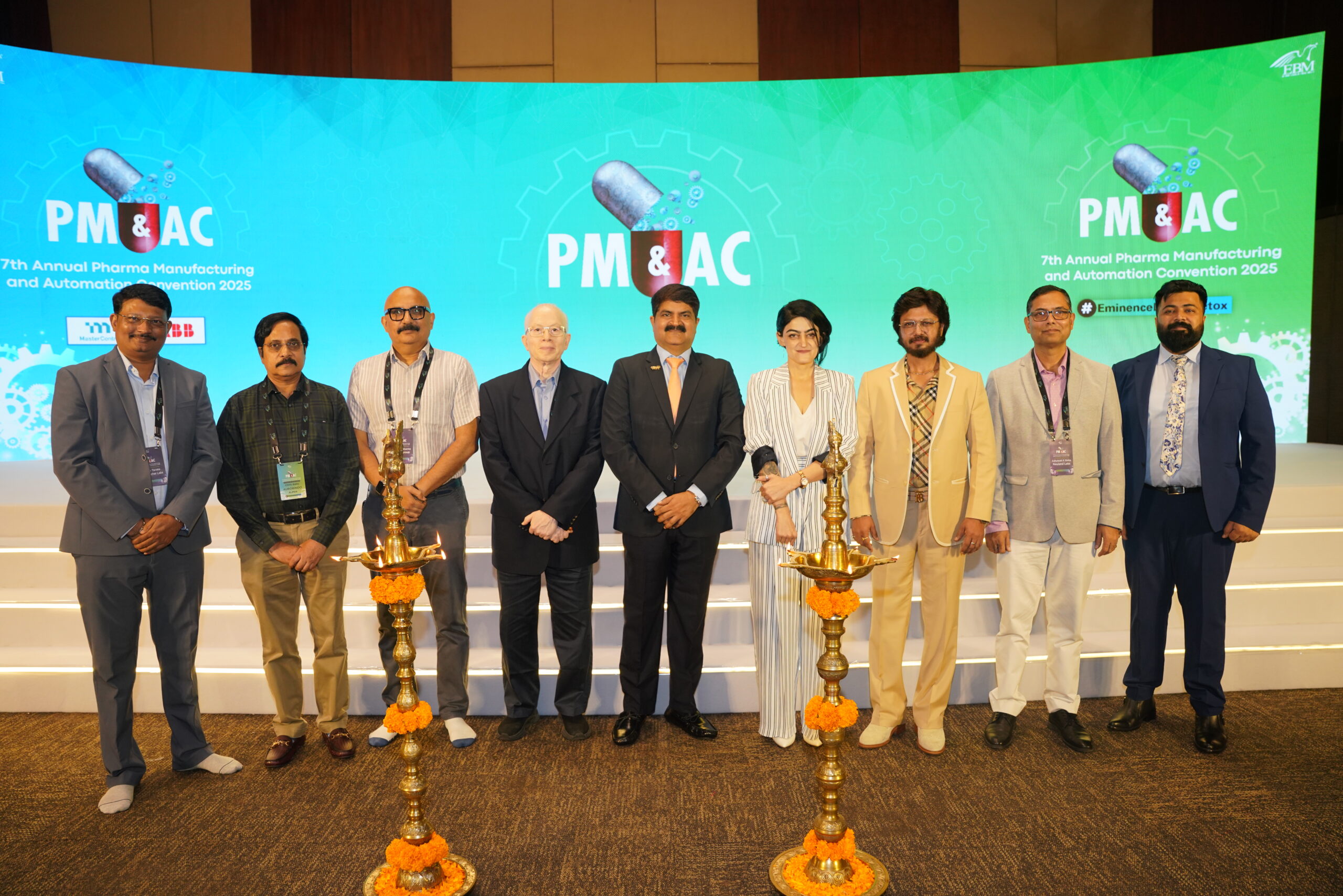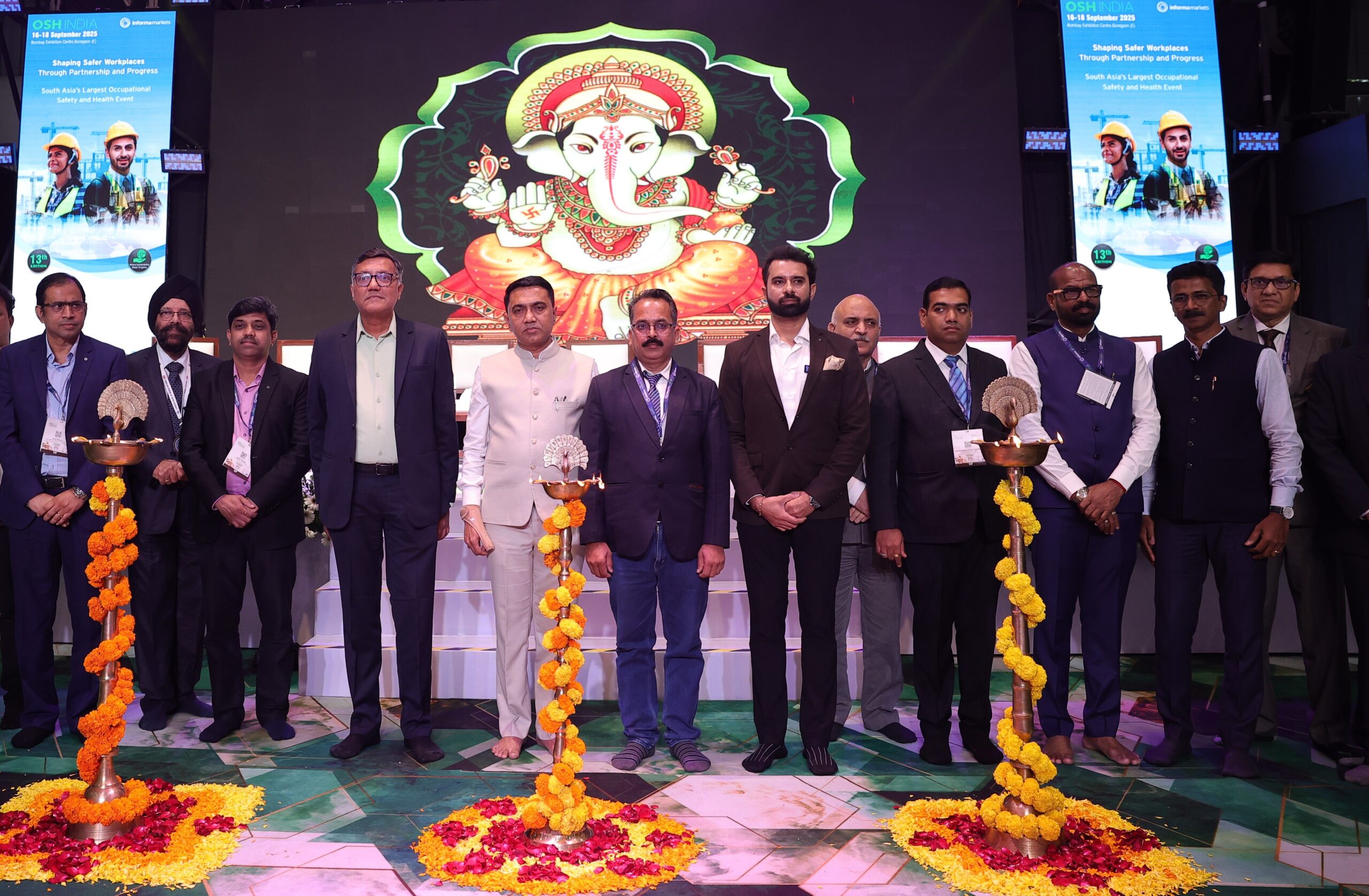Introduction
AI (Artificial intelligence) and IoT (Internet of Things) are revolutionizing pharmaceutical manufacturing by enhancing efficiency, quality, and compliance. AI optimizes processes, predicts equipment failures, and streamlines quality control, while IoT enables real-time monitoring and data collection throughout the manufacturing process. This combination leads to better resource allocation, faster production, and improved drug development.
The combined power of AI and IoT is transforming pharmaceutical manufacturing. IoT provides the data, and AI provides the intelligence to analyze that data and make informed decisions. This leads to a more efficient, automated, and quality-focused manufacturing process. IoT enables real-time monitoring and data collection to ensure product quality and safety.
Background of IoT
The initial development of IoT started in early 1980’s where in 1999, Kevin Ashton named it the “Internet of Things” and described a scenario in which all objects would communicate with each other over the Internet. In the 2000s, the IoTs entered a phase of rapid expansion due to increased wireless networking, sensor technologies, and cloud computing.
Since the 2010s, the IoTs has been applied everywhere, from smart homes to industrial automation. Such systems can gather a huge volume of real-time information that industries can depend on for optimization and improving efficiency.
AI in Pharmaceutical Manufacturing
Predictive Maintenance
AI algorithms analyze data from connected devices to predict potential equipment failures, allowing for proactive maintenance and minimizing downtime.
Quality Control
AI-powered systems monitor production processes in real-time, detecting deviations and ensuring consistent product quality.
Process Optimization
AI optimizes workflows, scheduling, and resource allocation, leading to increased efficiency and reduced costs.
Drug Discovery and Development
AI algorithms accelerate drug discovery by analyzing vast datasets, identifying potential drug candidates, and optimizing clinical trial designs.
Supply Chain Optimization
AI helps manage inventory, predict demand, and optimize logistics, ensuring timely delivery of medications.
Regulatory Compliance
AI-driven systems automate documentation, audit trails, and reporting, simplifying compliance with regulatory requirements.
IoT in Pharmaceutical Manufacturing
Real-time Monitoring
IoT devices, such as sensors, monitor critical parameters like temperature, humidity, and pressure, ensuring optimal manufacturing conditions and product quality.
Data Collection and Analysis
IoT enables the collection of vast amounts of data from various points in the manufacturing process, which can be analyzed by AI algorithms to gain insights and optimize processes.
Remote Monitoring and Control
IoT allows for remote monitoring and control of manufacturing equipment, enabling operators to monitor and adjust processes from anywhere.
Traceability and Transparency
IoT-enabled devices, particularly in packaging and supply chain, provide real-time tracking and tracing of medications, enhancing transparency and accountability.
Smart Packaging
IoT devices embedded in packaging solutions offer features like real-time shipment monitoring and enhanced user engagement, ensuring product integrity and patient safety.
Challenges in Traditional Manufacturing
Manufacturing of pharmaceuticals has been highly labor-intensive, with a heavy reliance on human intervention and resulting in human errors. QA is often confined to the sphere of being merely reactive at its best and very expensive regarding recalls and other resource waste has been evidenced in manual systems.
In addition, it is precisely the traditional regulatory framework that brings in a lot of paperwork, standing in the way of agility and responsiveness. On the other hand, it could be that with the downline integration of IoTs sensors in a line of production, the capacity for continuous monitoring of shifts in critical parameters moves away from mere end-of-line testing to proactive quality assurance, whereby immediate action can be taken against any deviations in quality to reduce waste and ensure compliance.
AI Enhancements in Efficiency
AI further assists the Pharmaceutical organizations to detect the machine maintenance well before time in order to prevent the sudden breakdowns and creating a loss in the production yield and production time. Aids pharmaceuticals reduce unplanned downtimes, whilst also improving overall effectiveness through the optimization of various production parameters for better yield and consistency in the quality of the end products.
AI and the IoTs contribute a lot with their benefits, though the transition is very costly at initial phase and not that easy to transition from conventional manufacturing. The automation of certain activities within the workforce also raises the need for the upskilling of employees amidst a backdrop of new responsibilities that will involve these advanced technologies.
Overview of AI and IoT in Industrial Applications
Artificial intelligence and the internet of things have been two disruptive technologies with major applications in modern times, for which their origins were considerably far-reaching.
Technological AI and IoT Integration
Key technologies rooted in communications, data processing, and real-time analytics can effectively integrate with AI and the IoTs where some of the most important ones like:
- Machine learning algorithms
- Computer vision
- Robotics and automation
- Cloud computing
- Edge computing
- Digital twin technology
- Cybersecurity
- Data management system
IoT Frameworks and Communication Protocols
Effective communication protocols are essentially about the ability of IoTs devices to share information freely with AI systems. Different protocols have been employed in different operational environments. A middleware platform helps in orchestrating the interactions between the devices and the AI infrastructure.
Cloud and Edge Computing
IoTs devices generate data volume with exponential growth, and huge computation resources are needed which are effectively managed by cloud and edge computing. Major cloud platforms, including AWS, Google Cloud, and Microsoft Azure, have come up with scalable infrastructure to handle IoTs data processing and analytics. Thus these enable facilitation in remote data monitoring, storage, and the deployment of machine learning models.
Data Management and Analytics
Data management itself plays a very important role in the integration of AI with the IoTs as these IoTs emitting devices will give off a tremendous amount of data that need to be updated, stored, and analyzed, and on which the AI algorithms act for insight generation to drive automation.
Activities related to Data management include:
- Data Collection and Preprocessing
- Data Storage and Big Data Management
- Data Analytics and Processing Platforms
- Real-Time Data Streaming
AI and IoT in Pharmaceutical Manufacturing
A novel level of operational efficiency, quality control, and personalization of medical treatments is achieved by integrating AI and the IoTs into pharmaceutical manufacturing. To name few advantages:
- AI Tools used for analysis of multilayered data
- AI tools used for analyzing and interpreting Critical Quality Attributes in research data
- System AI used for the refinement of any pharmaceutical process and also in simulating the process
- AI tools used for the prediction of medical data
All the AI tools application are possible by the use of IoT sensors which helps in gathering huge volume of data and interpreted using cloud computing.
Conclusion
The integration of the IoTs and AI in pharmaceutical manufacturing is transformative in nature and brings huge benefits related to operational efficiency, product quality, and regulatory compliance. A review of literature from 2019 to 2023 shows that applications of IoTs and AI technologies in the pharmaceutical sector, especially within the context of drug manufacturing, have gained tremendous pace.
IoTs integration therefore allows for real-time monitoring of production parameters for immediate adjustments with a view to optimizing operations. The implementation of AI-powered systems enables quality monitoring without interference at any moment in the production chain. This becomes vital in keeping defective products minimal and in meeting strict regulatory requirements, thus ultimately reinforcing overall safety in pharmaceutical manufacturing.
The future of pharmaceutical manufacturing looks promising, especially when it comes to personalized medicine. That could mean a lot: designing drugs to meet the profile of individual patients, probably with improved therapeutic outcomes, coupled with overall patient satisfaction. Key issues include data privacy and security, requiring the development of robust frameworks for data governance that protect patient confidentiality while meeting regulatory requirements.
It is therefore concluded that while IoTs and AI integration in drug manufacture presents great opportunities for improved operational excellence and better outcomes, some of the challenges presented must yet be overcome through active research and close collaboration between the various stakeholders in the pharmaceutical industry. If it overcomes these barriers by fostering innovative solutions then the full benefits could be realized from these technologies toward the establishment of a more efficient, responsive, and patient-centered manufacturing environment.






